The race to field NGAD, the futuristic replacement for the F-22 Raptor, is officially on
- By Alex Hollings
Share This Article
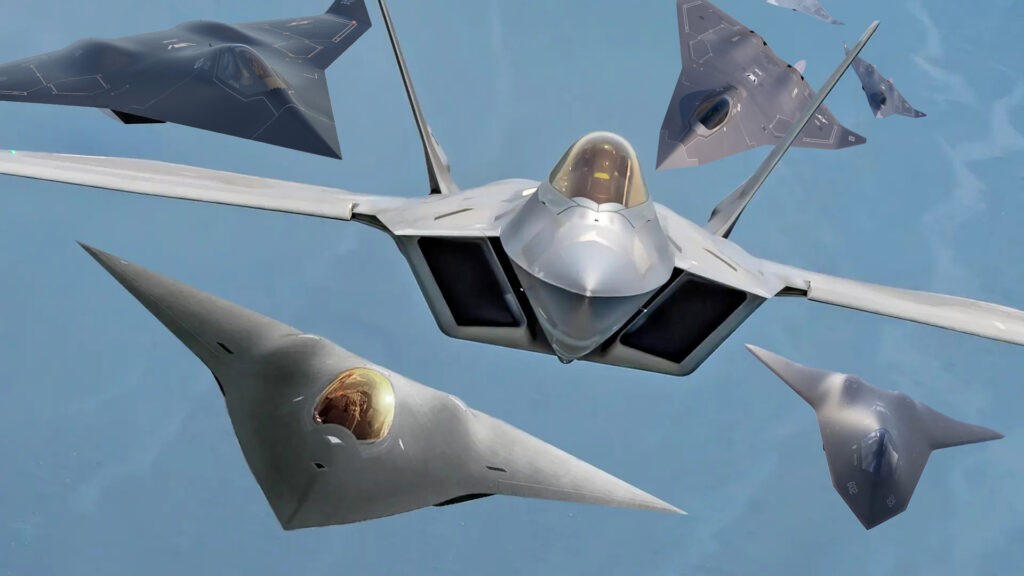
The competition to design America’s next stealth fighter, currently known as the Next Generation Air Dominance (NGAD) fighter, has officially begun. The branch now expects to select a winning design as early as next year, with the ultimate aim of having these new fighters, and their AI-enabled drone wingmen, in service by the middle of the next decade.
Although America’s F-22 is still widely regarded as the most capable air superiority fighter in the sky today, it’s already been over a quarter-century since the mighty Raptor first took flight. Indeed, even the F-22’s younger sibling, the F-35 Lightning II, has already been flying for long enough to warrant a massive $15 billion technological overhaul in order to keep it on the cutting edge of air combat technology.
And while the F-22 itself is currently amid a pricey technology refresh that promises to keep it atop the fighter heap right up until it flies off into the sunset, America is now looking toward an even more advanced new design to help it retain its air combat edge.
Editor’s Note: This story features the incredible artwork of our dear friend Rodrigo Avella. Please make sure to visit his website and follow him on Instagram for more incredible aviation renders!
Related: There are more F-35s in the sky today than all other stealth aircraft combined
Air Force intends to award NGAD fighter contract in 2024
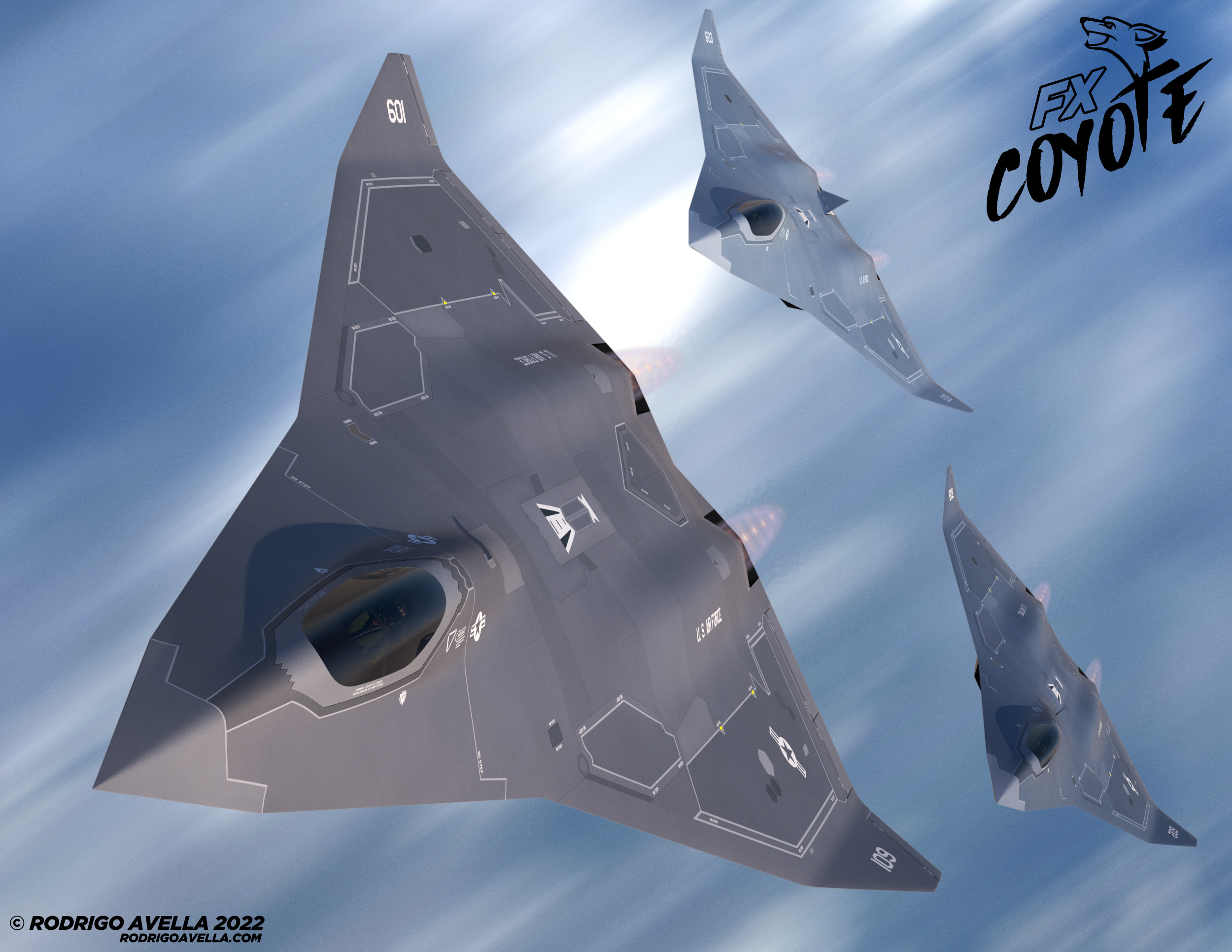
On May 18, the U.S. Air Force announced the release of a classified solicitation to industry for an engineering and manufacturing development contract for the Next Generation Air Dominance Platform (NGAD). According to a press release the branch released alongside the solicitation, the intent is now to award a contract for the design of the new fighter in 2024 with the ultimate aim of fielding the new fighter for service by the mid-2030s.
“The NGAD Platform is a vital element of the Air Dominance family of systems which represents a generational leap in technology over the F-22, which it will replace,” said Secretary of the Air Force Frank Kendall. “NGAD will include attributes such as enhanced lethality and the ability to survive, persist, interoperate, and adapt in the air domain, all within highly contested operational environments. No one does this better than the U.S. Air Force, but we will lose that edge if we don’t move forward now.”
While little can be said for certain about this new design, official renders to come out of both the Air Force and a number of large defense contractors all suggest a sleek and stealthy new design with understated or completely missing vertical tail surfaces. This implies a larger emphasis on low observability than on aerobatic maneuverability, as the elimination of these control surfaces could allow fighters to achieve the high levels of stealth offered by flying wing stealth bombers like the B-2 and forthcoming B-21 Raider.
But a reduction in control surfaces can also result in a reduction in aerobatic performance, leading some to speculate that this new fighter will leverage thrust vector control (changing the direction of the engine’s outflowing thrust) or even active-flow control (changing the aerodynamic flow of the air flowing over the aircraft through other means) to compensate.
Related: Is this the technology that will define 6th generation fighters?
Drone wingmen with “100 roles”
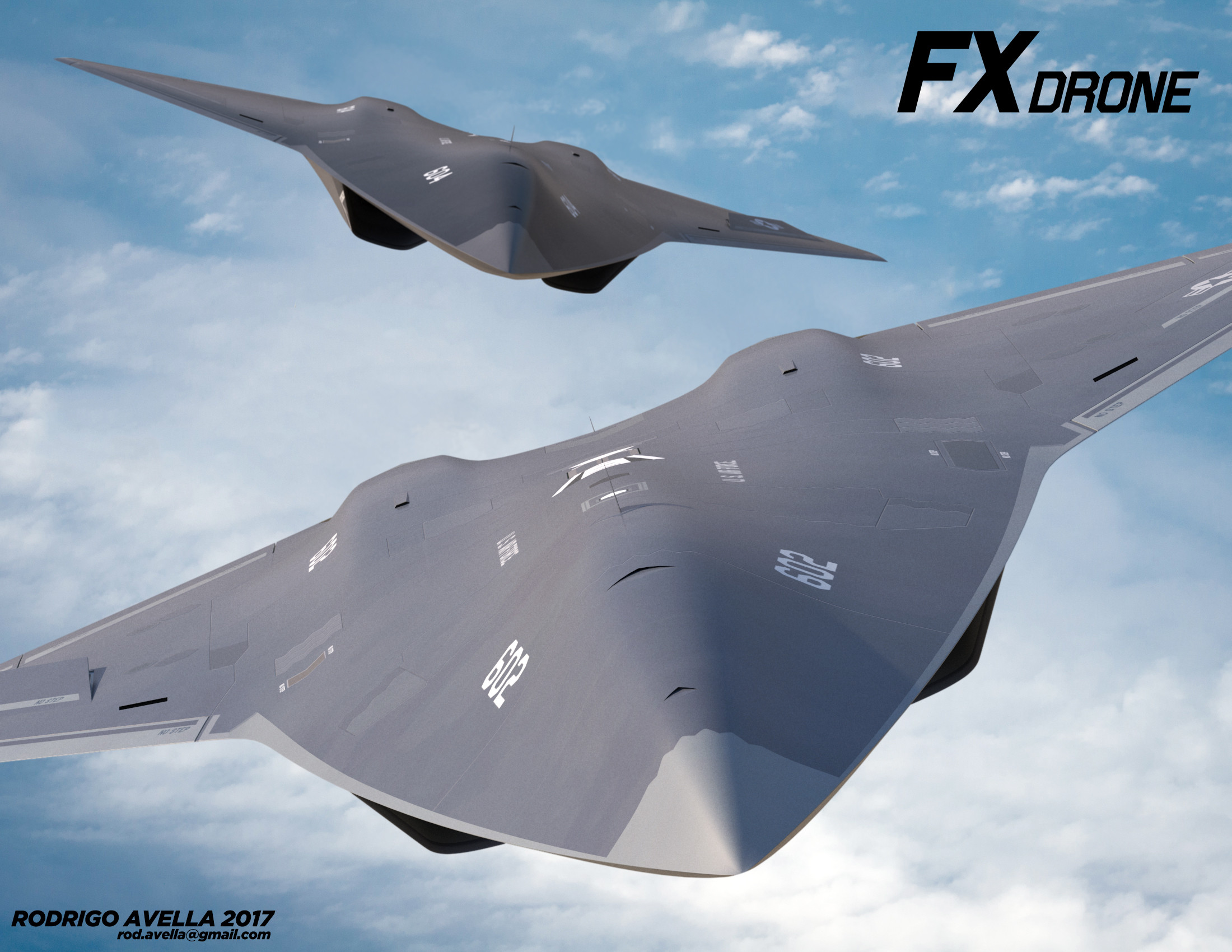
Although the NGAD program is often thought of as the effort to field an advanced new stealth fighter, the Air Force has consistently described it as the center of a “family of systems.” The NGAD fighter will not fly alone, but rather as a part of a formation populated largely by drone wingmen that will use artificial intelligence to help them execute commands delivered by the pilot.
Earlier this year, Air Force Secretary Frank Kendall announced plans to purchase at least 1,000 of these drone wingmen — with the expectation that 200 new NGAD fighters will each fly with two drone wingmen at their side — and another 300 Block 4 F-35s also getting one pair of drones each as well. The branch aims to invest over $500 million into this effort in 2024. Andrew Hunter, the service’s acquisition chief, says there are already “20 to 30” firms competing for drone contracts.
However, unlike previous tactical aircraft programs that often lock the branch into a single airframe for decades, the NGAD effort is taking a far more modular approach. Instead, Hunter says the branch will have “many variants of CCAs” (Collaborative Combat Aircraft) if things progress the way they should.
Related: This is what it takes to join military aviation’s most exclusive club
Putting artificial intelligence into drones… and the cockpit
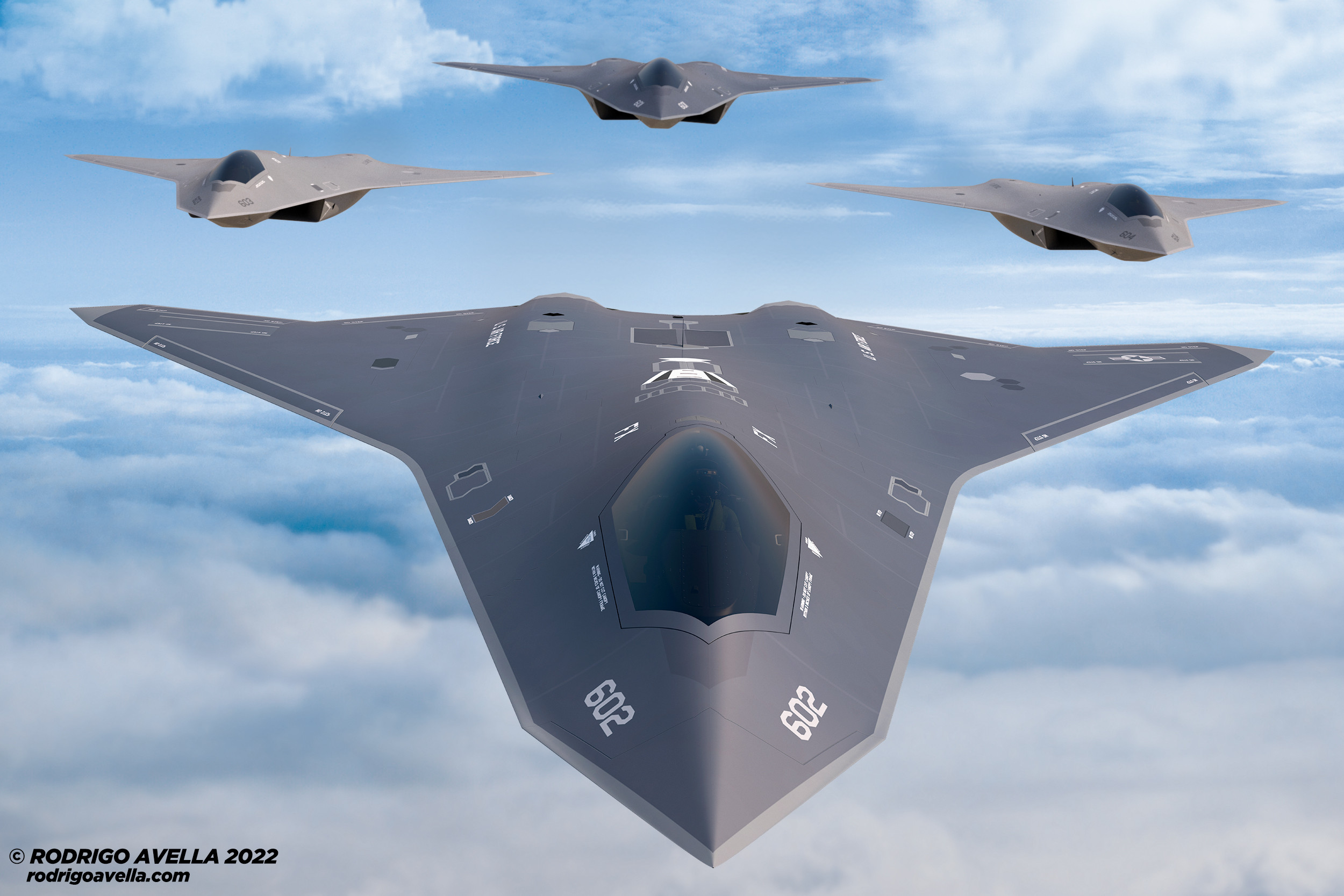
At the heart of the Collaborative Combat Aircraft concept is the need for capable artificial intelligence agents that can fly NGAD’s drone wingmen, take cues from local human operators, and even serve as advanced co-pilots inside the crewed fighter itself to help reduce the massive cognitive load pilots must manage while flying their aircraft in combat. The Air Force’s Project VENOM is among the efforts underway to make exactly that happen.
VENOM, which stands for Viper Experimentation and Next-Gen Operations Mode, is currently adding AI agents into the cockpits of six F-16s operating out of Eglin Air Force Base in Florida. These AI agents will fly alongside human pilots in a variety of exercises, ranging from simple flights into and out of assigned operating areas to complex simulated air combat drills to not only learn from human pilots but to help the branch determine the best ways to leverage artificial intelligence in future operations.
This effort follows the Air Force’s announcement earlier this year that it had successfully flown an AI-piloted and heavily modified F-16 known as the X-62A in simulated air combat exercises last December.
“Project VENOM right now is bringing in F-16s that will put autonomy on to help us get after the autonomy that we need to get that into kind of daily operation,” Maj. Gen. Evan C. Dertien, commander, Air Force Test Center said. “So, I see lots of challenges as far as building this NGAD family of systems, but I also see lots of opportunities to go deliver something new and innovative that will help out the warfighter.”
Feature image created by Alex Hollings using images and renders from the U.S. Air Force and Rodrigo Avella
Read more from Sandboxx News
- Why are these 5 Navy SEAL movies so popular?
- The Javelin anti-tank guided missile is really a game-changer
- Images surface of secretive US MALD flying decoy used in Ukraine. But what is MALD?
- This is how you can join the Ukraine Foreign Legion (and who can join it)
- VBSS: A Navy SEAL explains how to board enemy ships
Related Posts
Sandboxx News Merch
-

‘Sandboxx News’ Camo Trucker Hat
$29.00 Select options This product has multiple variants. The options may be chosen on the product page -

‘AirPower’ Golf Rope Hat
$31.00 Select options This product has multiple variants. The options may be chosen on the product page -

‘Sandboxx News’ Trucker Cap
$27.00 Select options This product has multiple variants. The options may be chosen on the product page

Alex Hollings
Alex Hollings is a writer, dad, and Marine veteran.
Related to: Airpower, Breaking News

The A-12 Avenger II would’ve been America’s first real ‘stealth fighter’
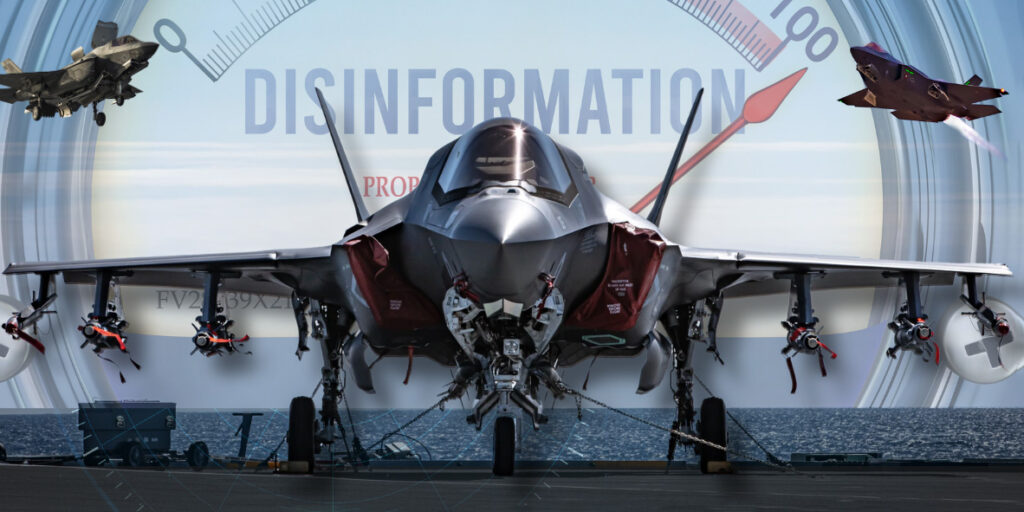
Why media coverage of the F-35 repeatedly misses the mark

It took more than stealth to make the F-117 Nighthawk a combat legend
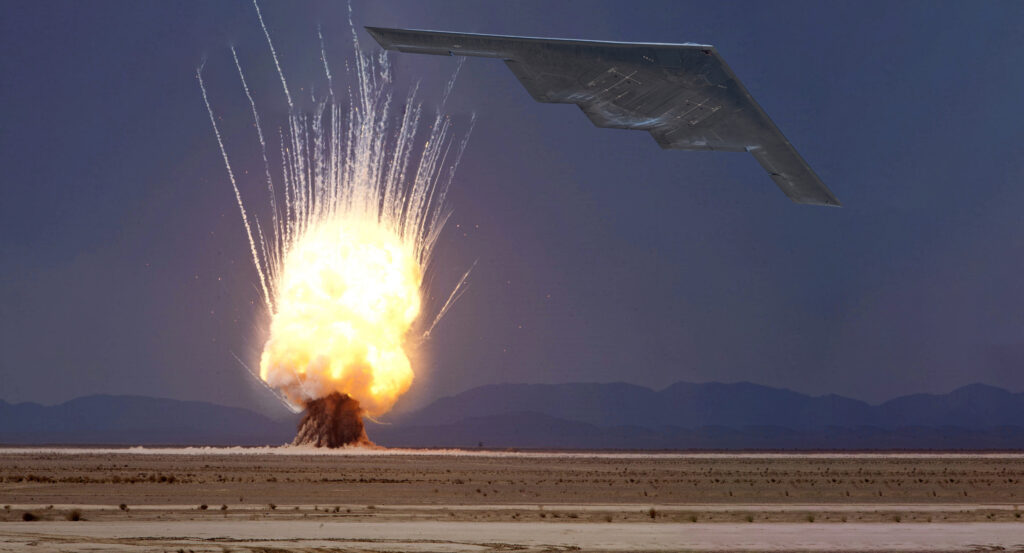
B-2 strikes in Yemen were a 30,000-pound warning to Iran
Sandboxx News
-

‘Sandboxx News’ Trucker Cap
$27.00 Select options This product has multiple variants. The options may be chosen on the product page -

‘AirPower’ Classic Hoodie
$46.00 – $48.00 Select options This product has multiple variants. The options may be chosen on the product page -

‘AirPower’ Golf Rope Hat
$31.00 Select options This product has multiple variants. The options may be chosen on the product page -

‘Sandboxx News’ Dad Hat
$27.00 Select options This product has multiple variants. The options may be chosen on the product page
